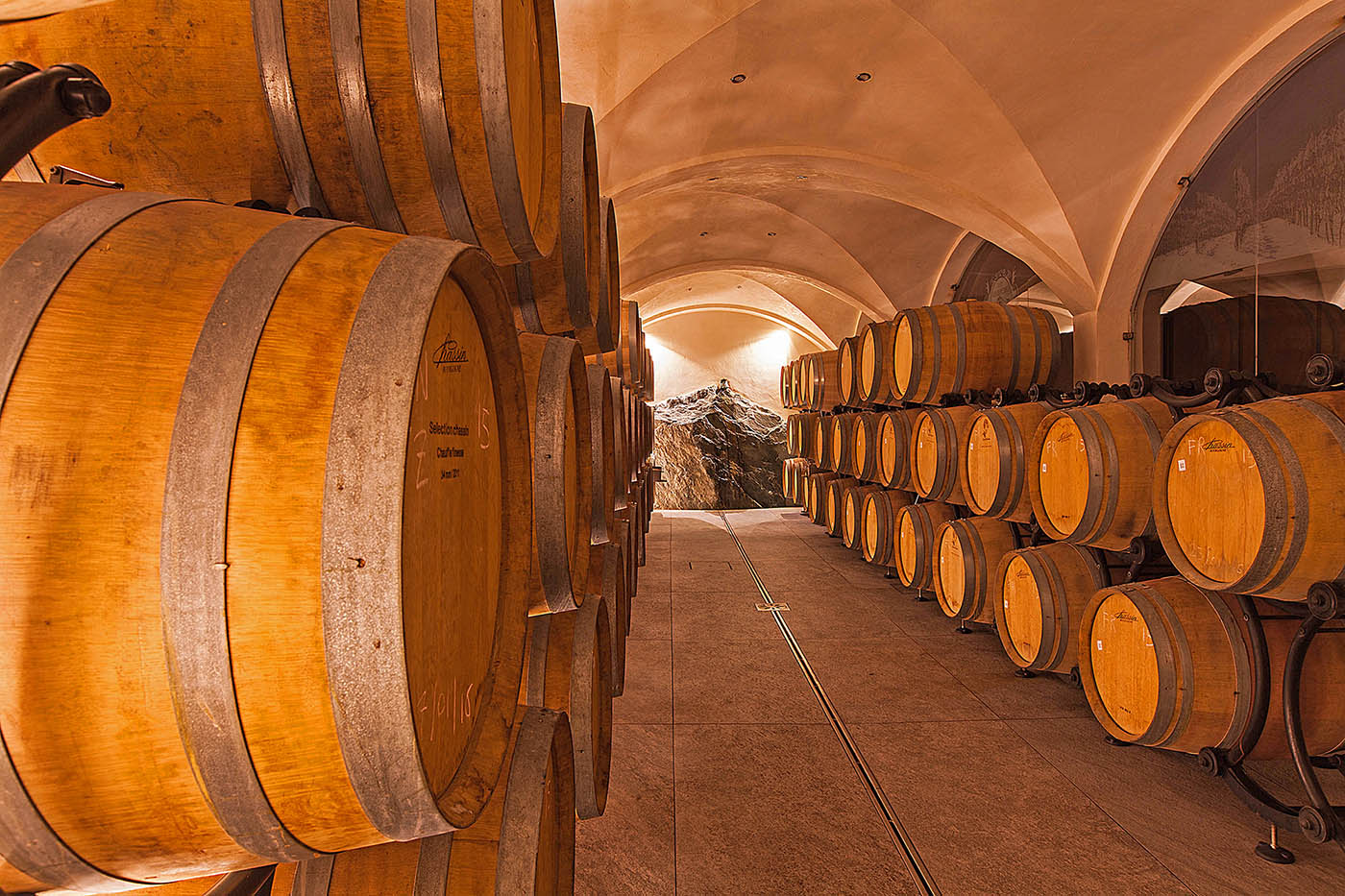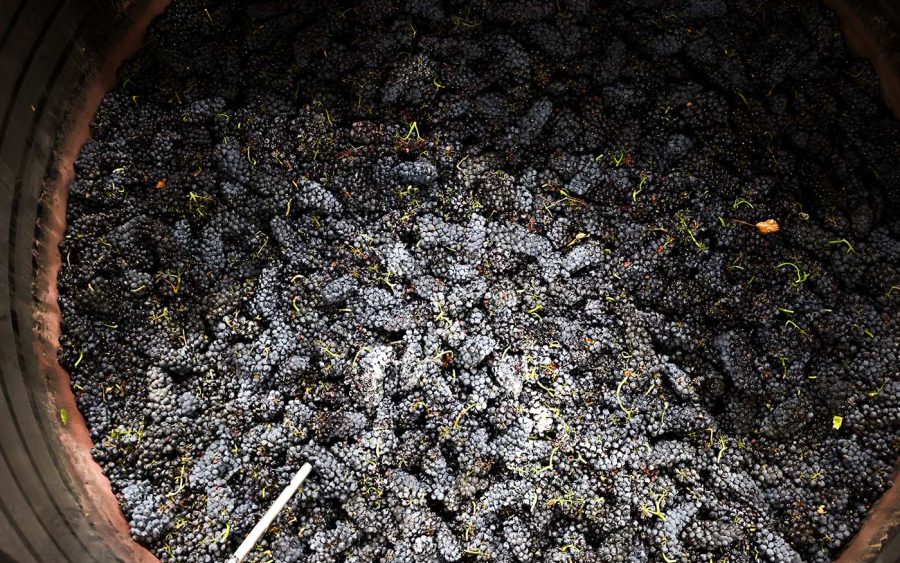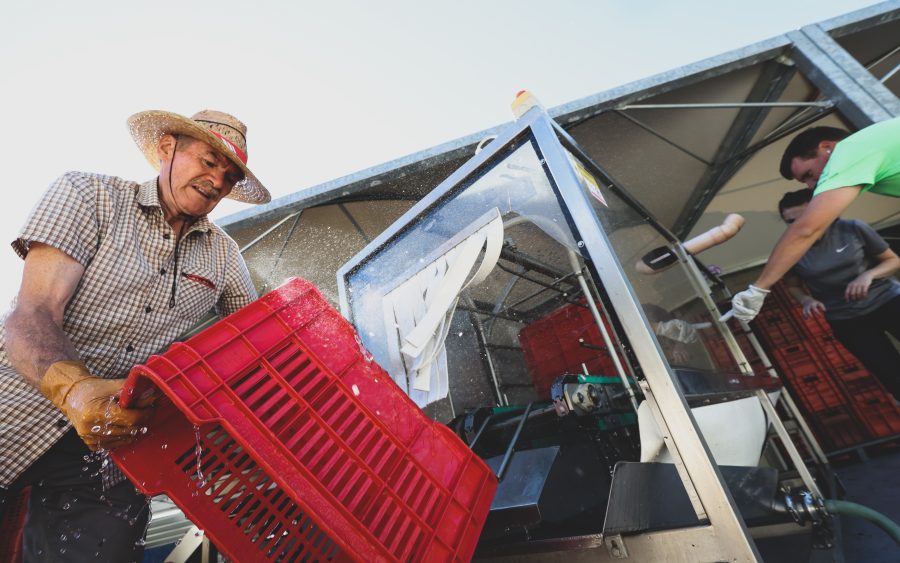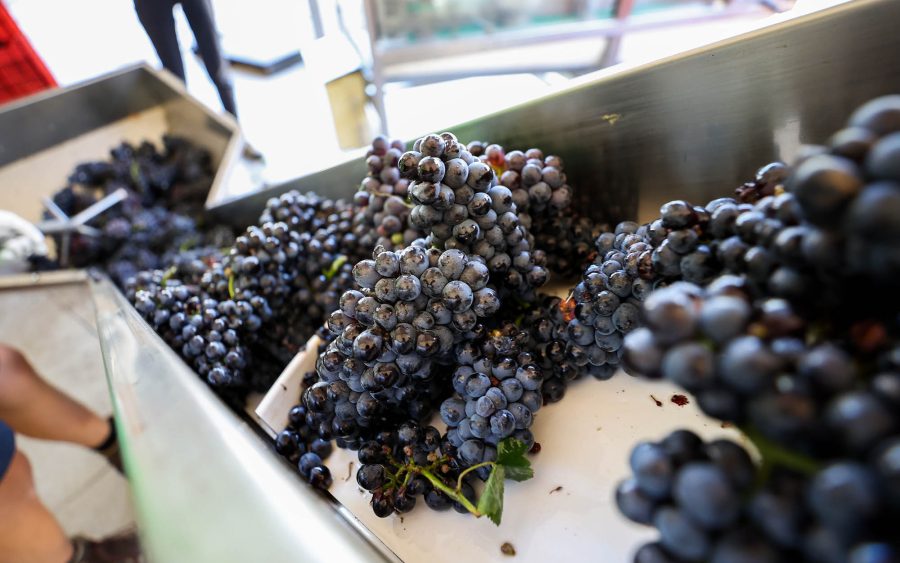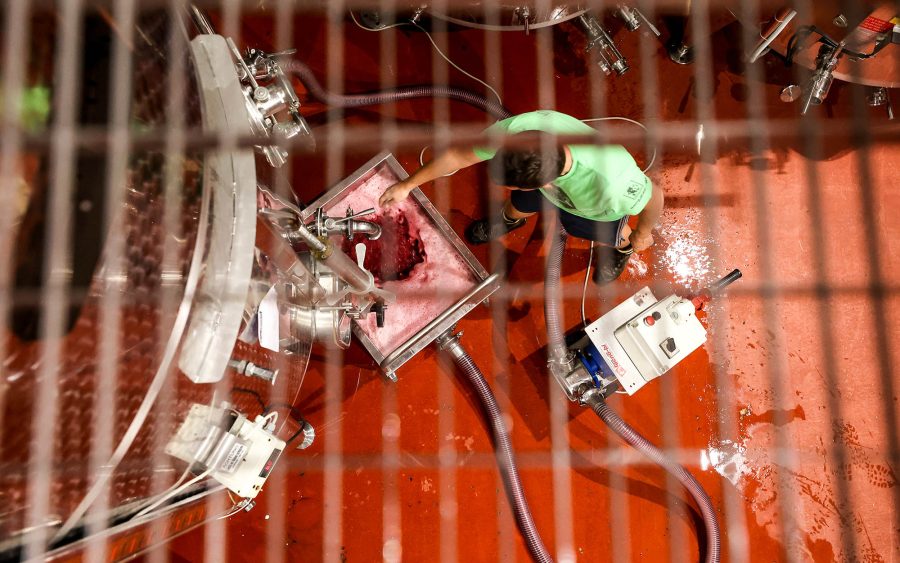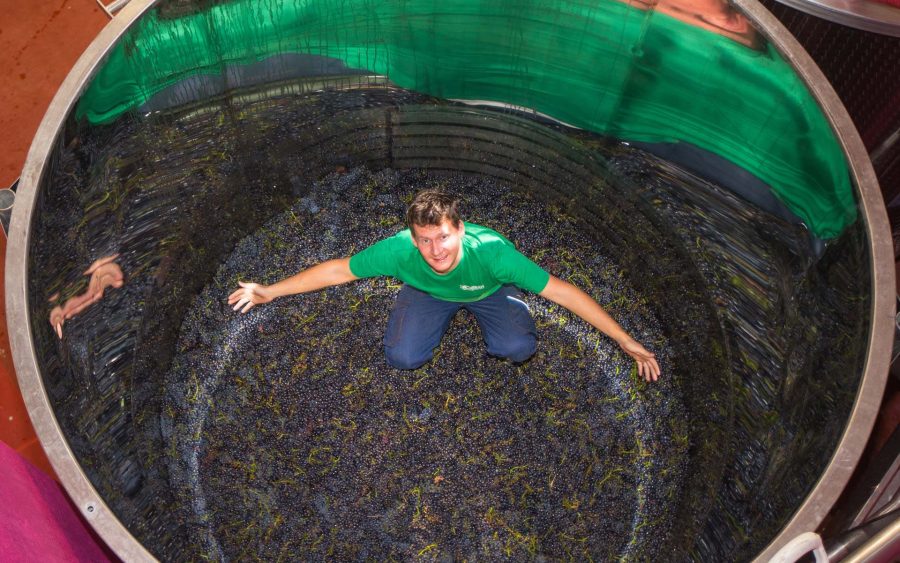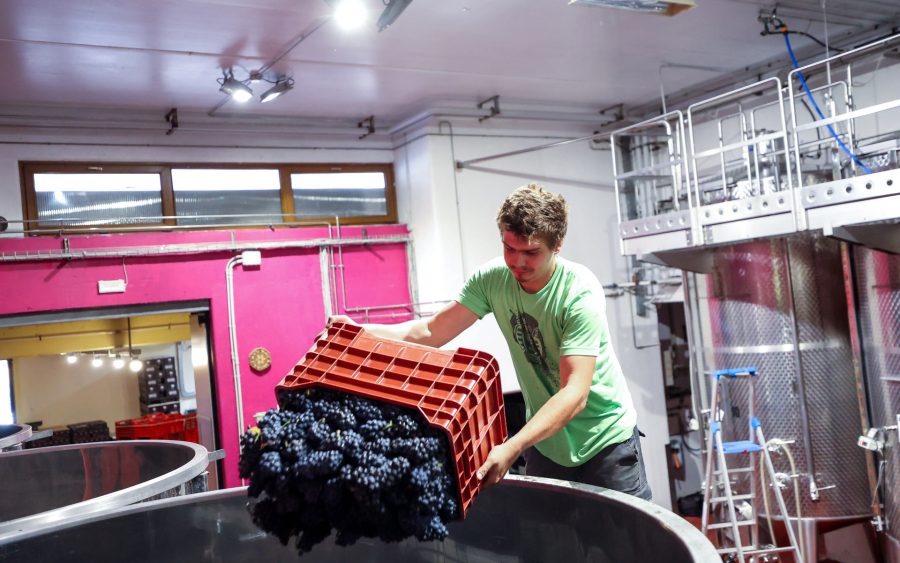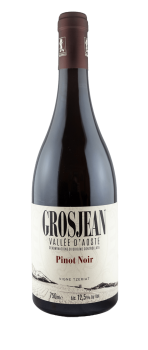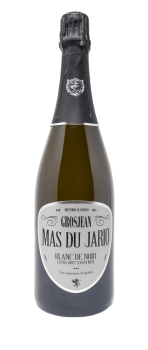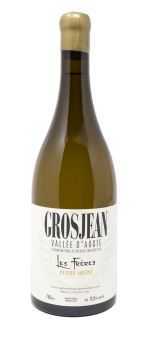Your cart is currently empty!
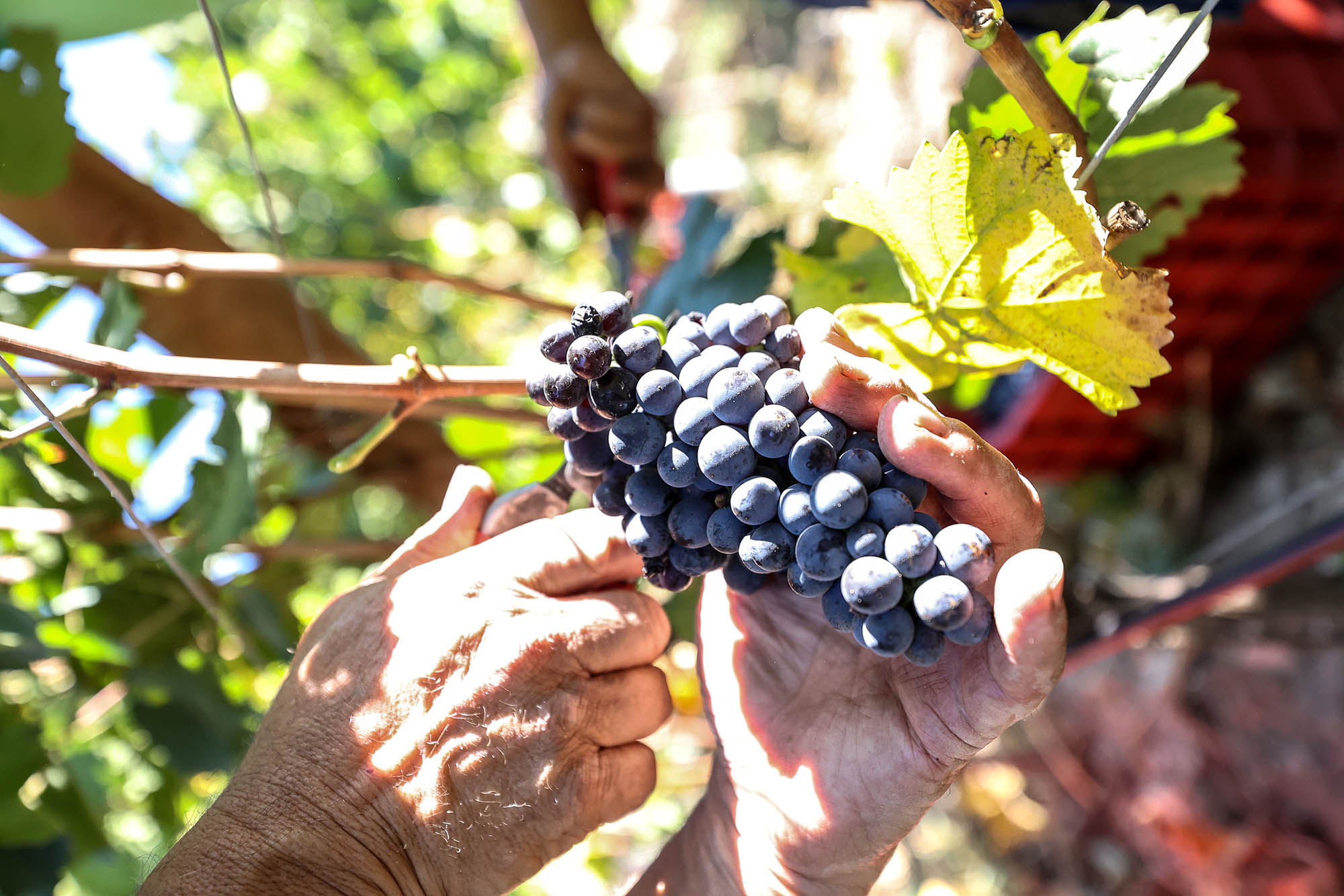
Our work ethic…
In the Aosta Valley, cultivating vines is a combination of traditions, customs and agronomic science. Our way of being vigneron wants to bring the same approach to the winery.
…in the vineyard
In 2011 Grosjean winery was awarded, the first organic certification of the Valle d’Aosta. This is a guarantee of an eco-sustainable business that operates in a respectful way in the field as well as on the production line The investment to get to this point has been substantial and there is still more to do.
Tillage
Re-discovering traditional techniques has allowed us to understand the importance of aerating our terrain that has a high concentration of stone and sand but it also tends to compact over time. A lot of time and money has been spent so that the vines grow harmoniously and healthy and suffer less the loss of humidity from the soil.
We have also gained from using a drip irrigation that saves on water (essential during these recent dry years) and accurately distributes this resource during the phenological phases.

Green Manuring
Another important discovery is the technique of green manuring in the autumn. In the weeks following the harvest we work the land and plant accurately chosen varieties of essences that flower at different times and are eradicated at alternated crops.
At the end of May the green manure lays on the soil, we don’t bury it because its roots, being collateralized and bunched, allowed for a natural aeration. We simply lay the greenery on the earth and allow it to naturally decompose and nourish the vineyard.
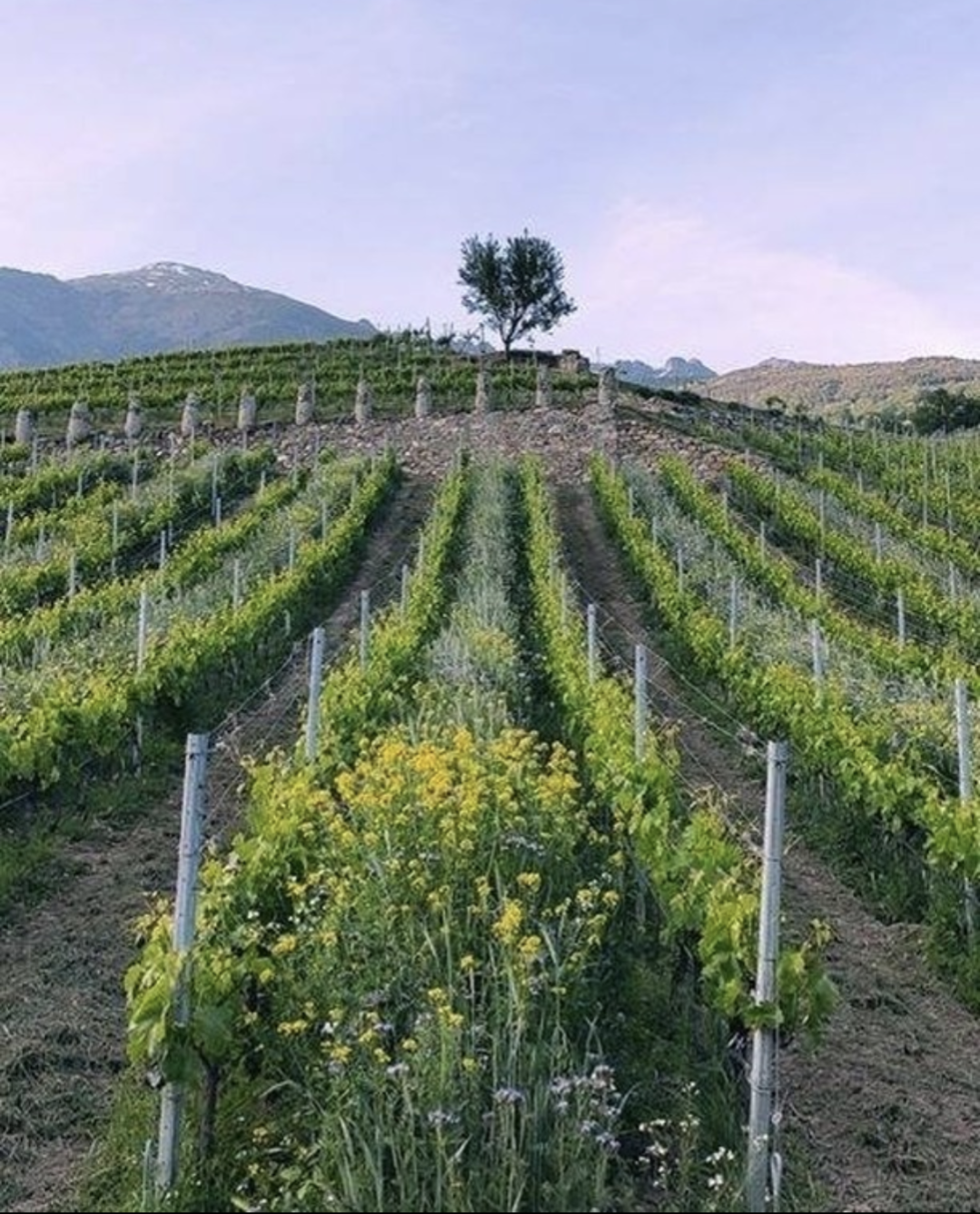
We apply this technique on all our vineyards so that we have a constant supply of flowers that attract the very important pollinating insects and so that there is a constant nourishment for the soil.
The last summer seasons it has also been possible to work the earth with rippers, iron teeth, that eradicate the weeds and allow the soil to absorb more water during the few rainy periods
and at the same time inhibits erosion that takes place on steep slopes.
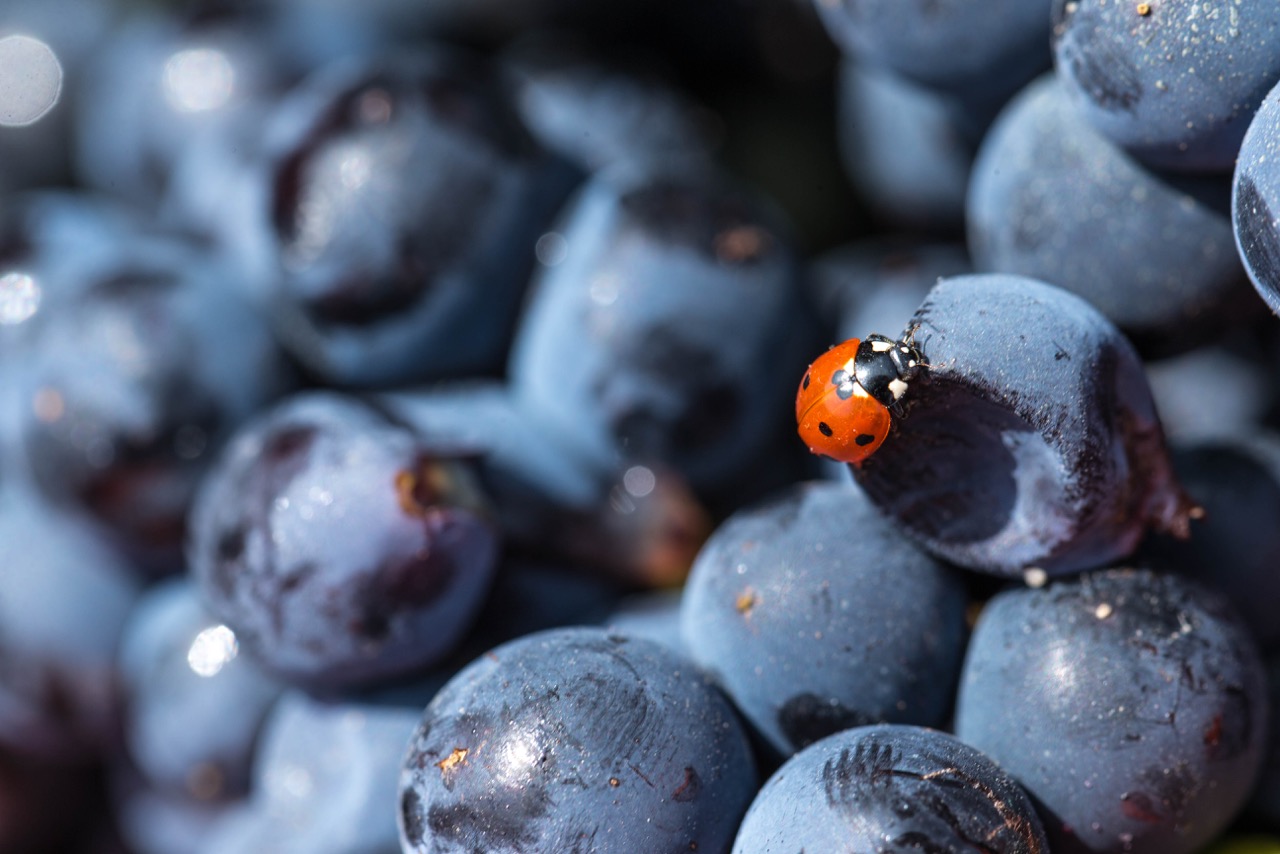
Our approach to deseases
The organic farming certification limits our use of products but our family aspires to push these limits and dip into biodynamic methods such as using essential oils, macerated nettle, orange extract to make the treatments more efficient..
Our dry and cool climate allows us to apply amounts of copper far below the limit dictated by the organic certification. In few other regions of Italy is it possible to practice such healthy, natural organic farming.
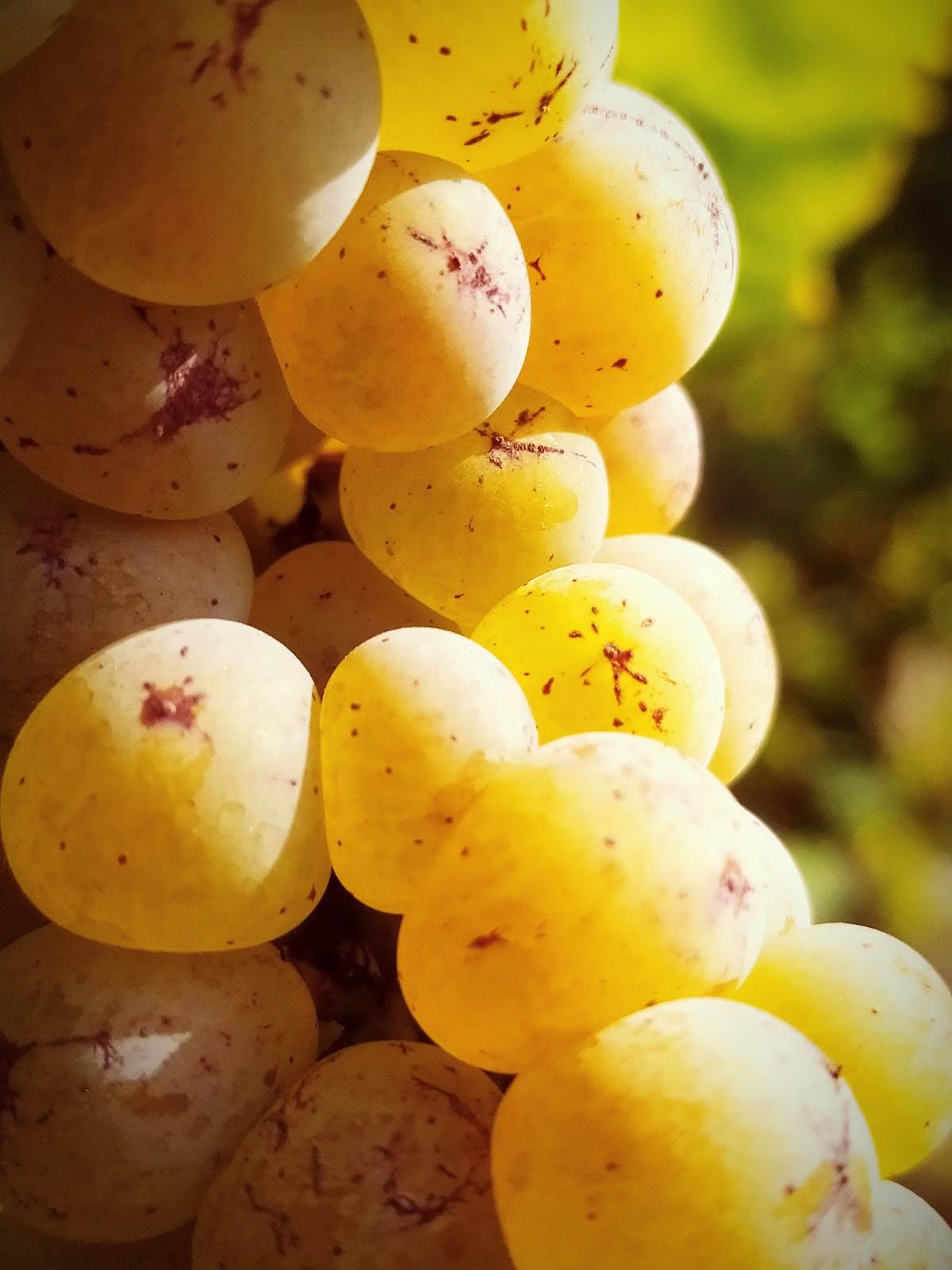
Time spent in the fields
In our great mountain vineyard, where inclination and slopes are generally challenging, we manage to cut costs by mechanising some of the procedures but most of the work has to be done manually.
In Italy we quantify the hours of work by fractionating them by hectares and on average 150h/hectare are required. In our region 700/800 hrs per hectare are necessary to achieve the best quality and wholesome product. 5/6 Times the national average. Great labour and sacrifies result in a premium quality product.
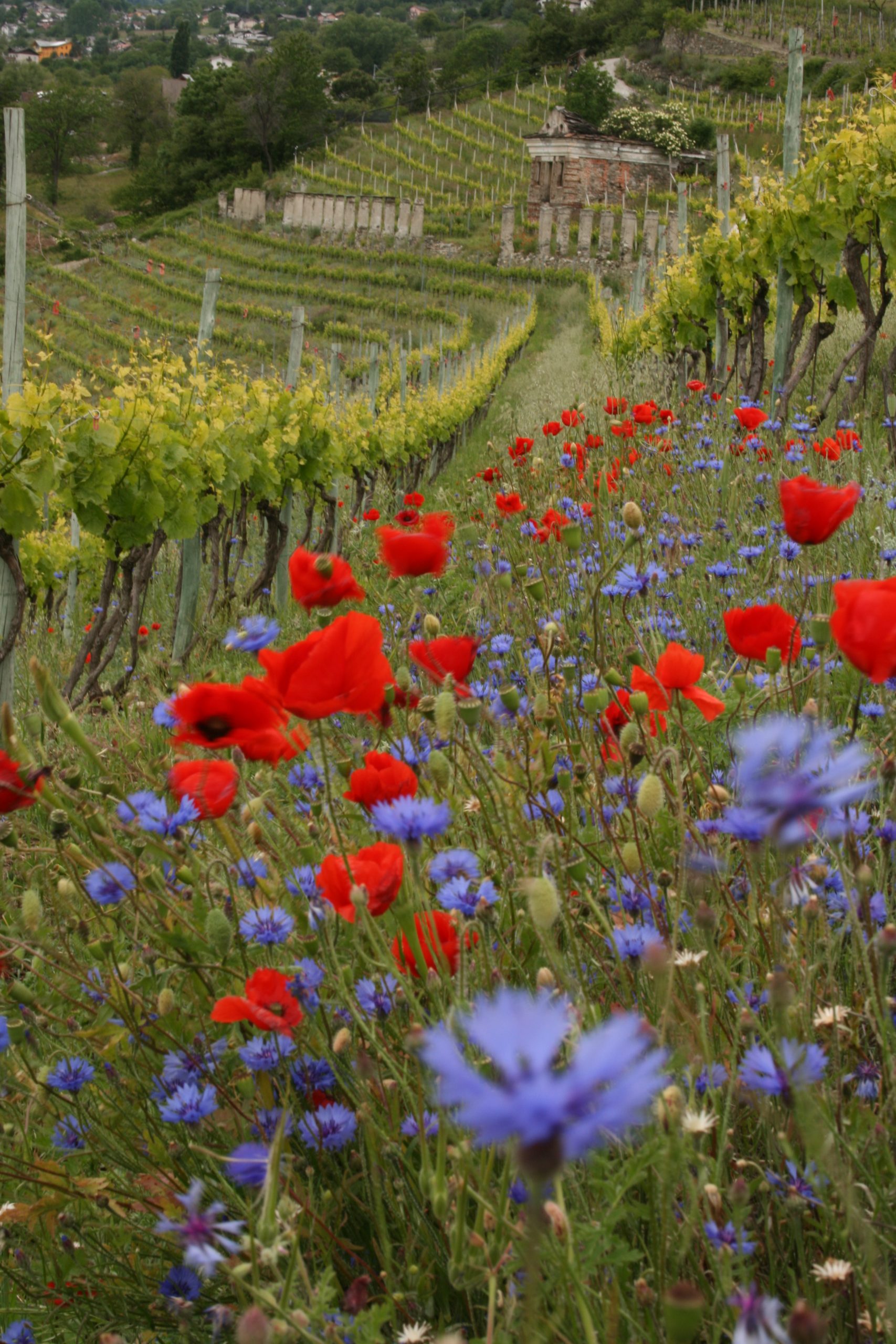

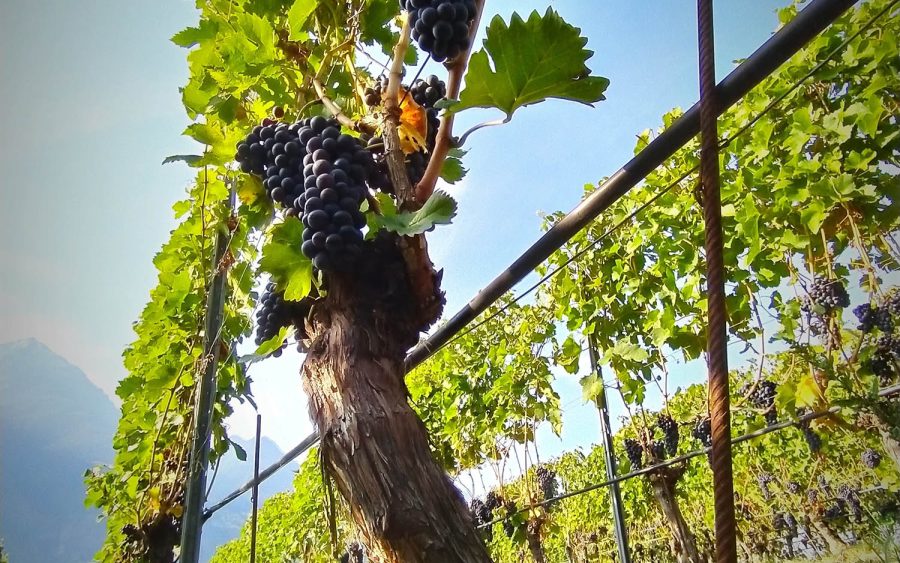

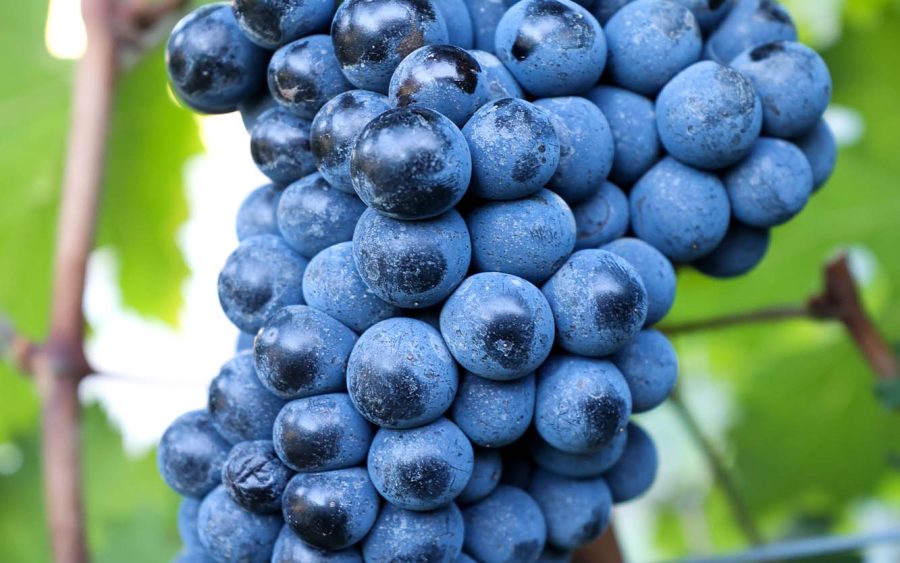

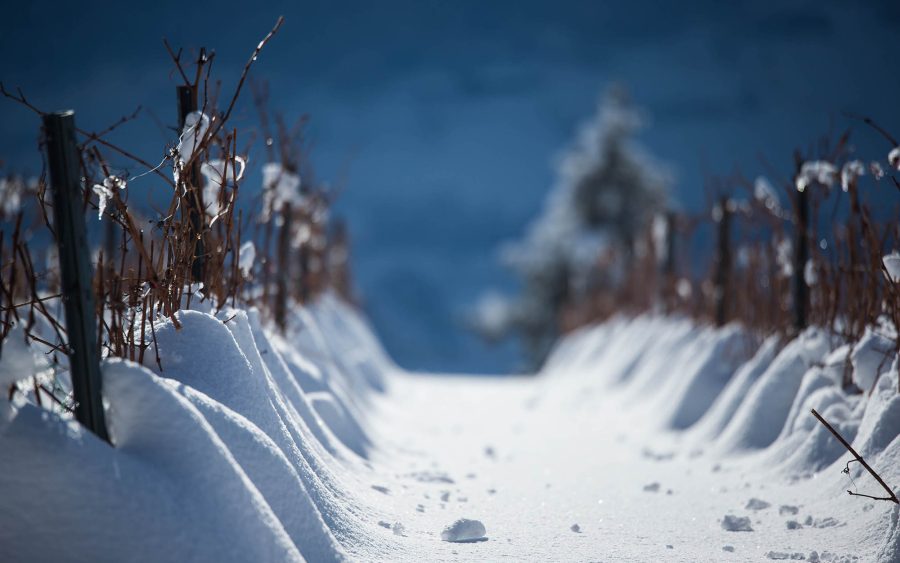




…in the winery
Our Grosjean style of vinification is traditional to the Valle d’Aosta: apply as little modifications as necessary, it must remain as natural as possible. We let our wines ferment naturally but follow the process to ensure it happens correctly. Only by pressing the best quality grapes will we achieve an excellent quality of wine that is not artificially enhanced.
Natural and selected yeasts
It is necessary that the yeast of the grapes or that which is specifically selected works in a fine, light and high quality manner. We regularly analyse the natural fermentation process and if necessary add selected yeasts so that we are then able to reduce the use of sulfites.
Punch down operations
The past has taught us to evaluate and return to forgotten techniques such as punch down. This is more respectful to the skins of our native grapes as well as international grapes like the Pinot Noir. It is a technique that compresses the pomace, breaks down the cap of the grape and allows the must to surface.
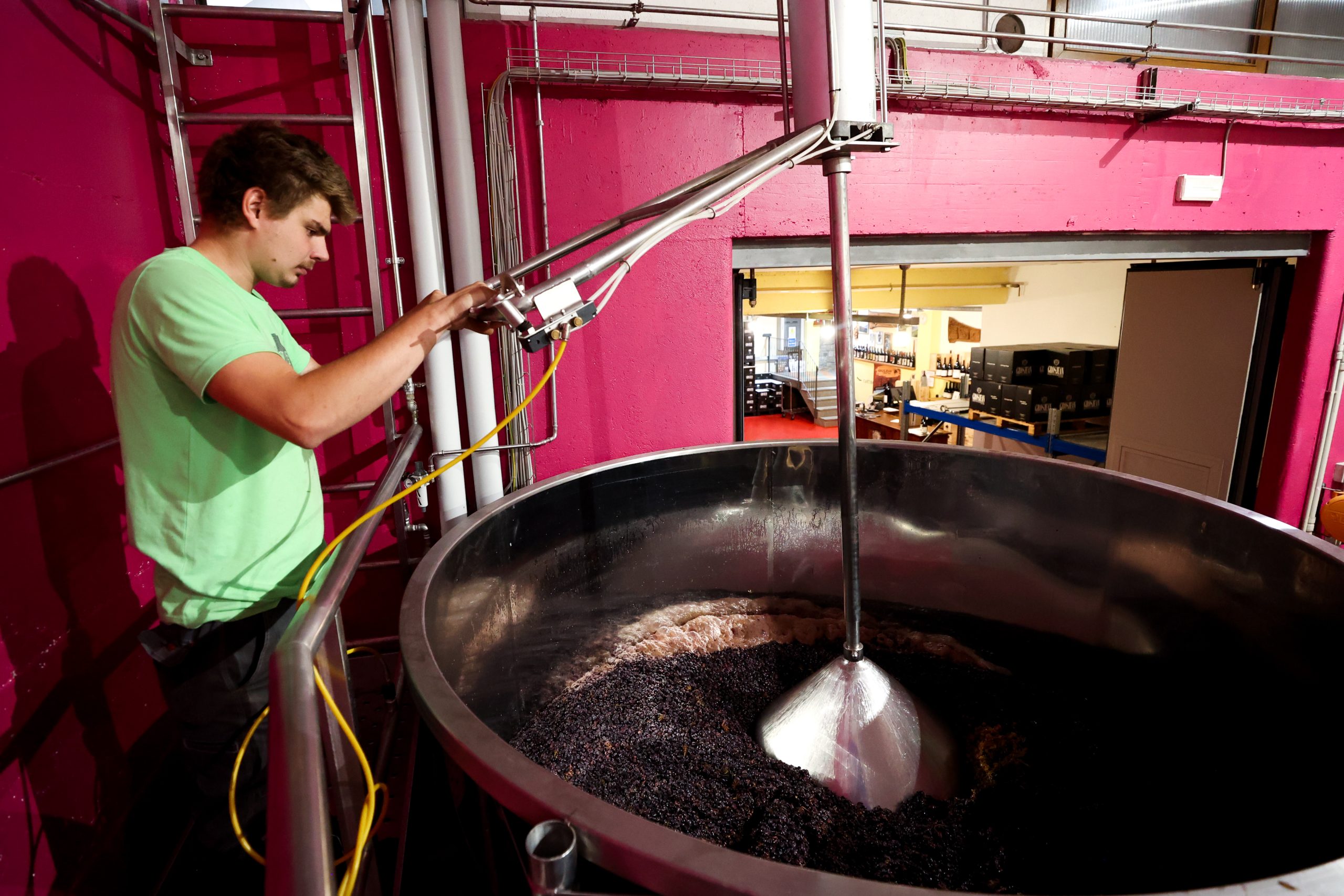
New techniques
Year after year our winery acquires new knowledge that allows us to develop new techniques so that we achieve better quality and reduce the stress on the grapes so that we maintain it as natural as possible. Our modern press that applies little pressure, reduces dregs and thanks to our peristaltic pumps the wine can be decanted delicately.
Sulphites
It is possible to not add sulfites to a healthy wine so the quantities that we use are far below the minimum requirement. In order to aid a healthy process we avoid decanting as much as possible, our wines . so as to avoid excessive oxidation and having to add excessive amounts of sulphites during bottling
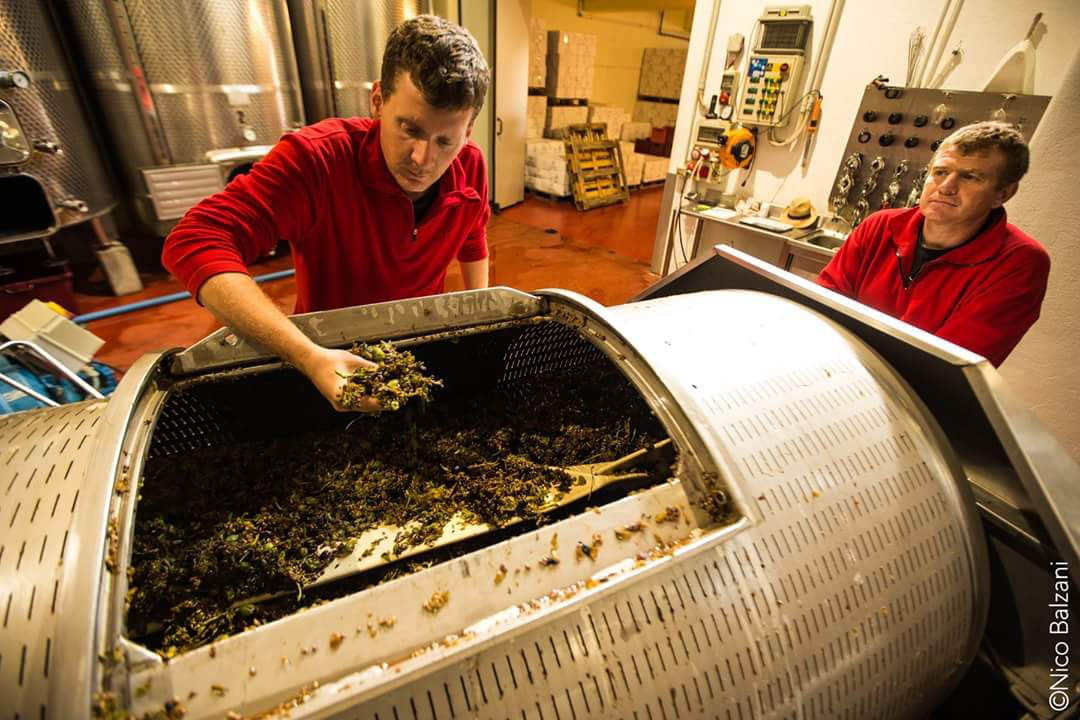
Vinification Style
Our recent history declares that the Valle d’Aosta and Burgundy share the same enoic/oenoic culture. We share the same DNA when it comes to winemaking because we prefer small oak barrels made with french oak, for our long ageing, as opposed to the large italian models. Today 30% of the aging happens in oak.
